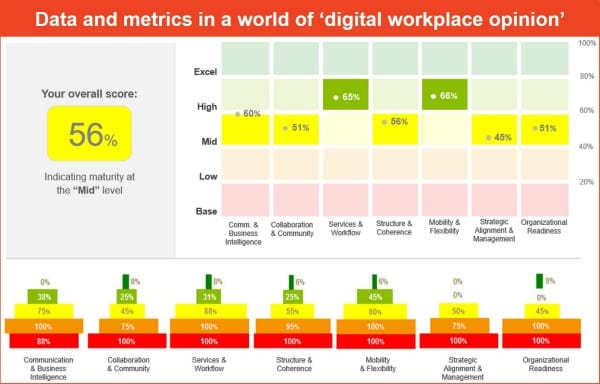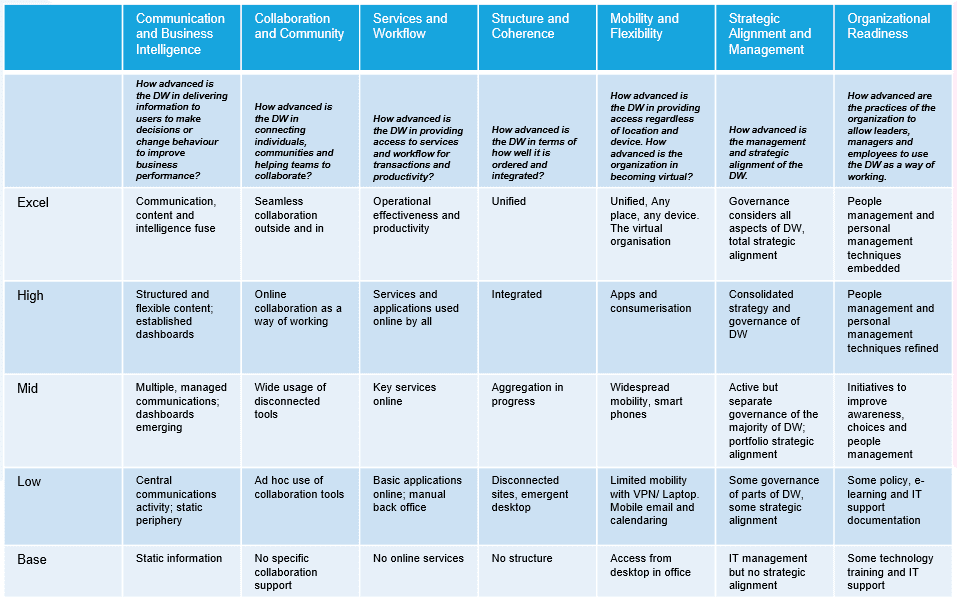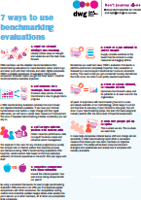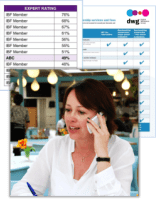Data and metrics in a world of ‘digital workplace opinion’

Too many people have uninformed opinions about their digital workplaces, when what organizations need is independent, impartial and data-driven measurement and benchmarking.
Same old story, new empty ideas
We’ve all been there. The Director of Human Resources returns from a “Digital Futures for HR 2020” conference in Berlin – and she is “really excited”. She emails all the digital chiefs and senior communications managers she can think of with two screen grabs from the event that were used in a talk by a European hotel group.
“This is so amazing! I spoke to these guys in Berlin and they are doing incredible things with mobile devices; anyone there can see who has relevant experience in pretty much anything this hotel chain does – and it all looks so gorgeous. I showed it to my 13-year-old son and he says he wants to work for them! Can we build on this, please!”
Oh dear!
If you are running the digital workplace or advanced intranet space for a large-scale organization, your heart just sinks when your boss forwards an email like this to you, especially when it announces the item is now on the agenda for the next “Digital Governance Strategy Board”.
Now, just imagine you had emailed that same HR head with an equivalent story that you had gleaned from a 300-person handbag manufacturer in Denver… which allows all its staff to set their own rates of pay and decide how much holiday they deserve, and where all salaries are shared with everyone.
Yes, it’s a funky, fun and potentially motivating (or disastrous) policy that might just work for that small specialist manufacturer – but what scrap of evidence do you have that it would work within your 130,000-person telecomms giant with operations in 87 countries? You know nothing about HR policy. Well, guess what? Your Director of HR knows the equivalent amount about what makes a great digital workplace tick.
Replacing whims with evidence
When the Digital Workplace Group (or Intranet Benchmarking Forum as it was then) started benchmarking large-scale intranets back in 2002, we said we wanted to deliver “data and metrics in a world of opinion” – and, for each of the 800+ major intranet benchmarking evaluations since, that is exactly what we have done.
Yes, we have come across no shortage of managers with a range of opinions about why their company should have the same intranet as “well-known brand X”… but what did the data say? The data offered a much more nuanced story: maybe some of what brand X was doing on their intranet was working nicely but the governance, strategy and navigation might be disaster areas.
In new digital environments we all have lots of views but the only ones that really count are those grounded in evidence and metrics, supported by your own internal experts who can draw intelligent conclusions from the evidence with which they are presented.
Building on the experience honed over years of benchmarking intranets, we have recently for the first time deployed our new DWG Digital Workplace Maturity Benchmark (which uses an independent set of measures developed during the past three years), trying it out with a varied group of DWG Members.
As with intranets in 2001 (at that time still a relatively young and rather chaotic field, often described as the “digital Wild West”), digital workplaces for organizations of all sizes are currently often fragmented and lacking in overall strategic leadership – and yet they are central to the future workplace of every company.
What this benchmark covers through a vendor-neutral, practitioner-led measurement system is a broad-scale assessment of how any large digital workplace is performing, right now. No opinion, no self-assessment, but external data and metrics that any digital strategy group can use as a planning and prioritization tool.

It was interesting in both New York and London recently to witness about 25 DWG members, including Adobe, IKEA and Nationwide, use the maturity model as a tool to rate themselves, based on a self-assessment questionnaire we have developed. While evaluating yourself is no substitute for a full external independent measurement, it does give a snapshot of how companies view their own digital workplace performance.
In both locations, “Collaboration and Community” were the highest scoring areas while “Strategic Alignment and Management” and “Organizational Readiness” were the lowest rated. This is not surprising since we have seen decent strides made in enterprise collaboration in the last few years. But getting the right stakeholders to agree and work together remains a high bar to reach and that feeds into the degree to which the organization as a whole is prepared and ready for the shift to a transformed digital world of work.
Imagining and delivering a digital workplace fit for your future is no easy task. The effort cuts across businesses and departments, challenging culture, processes and habits. But we have to start by gaining some external measure and benchmark of where we are now, before we can start to improve and then track our progress. So, when you are tempted (or that irritating HR email arrives), remember opinions are cheap but the data is priceless.
Related research and resources
Categorised in: Digital transformation business case, Digital workplace, Digital workplace strategy, Metrics and measurement


